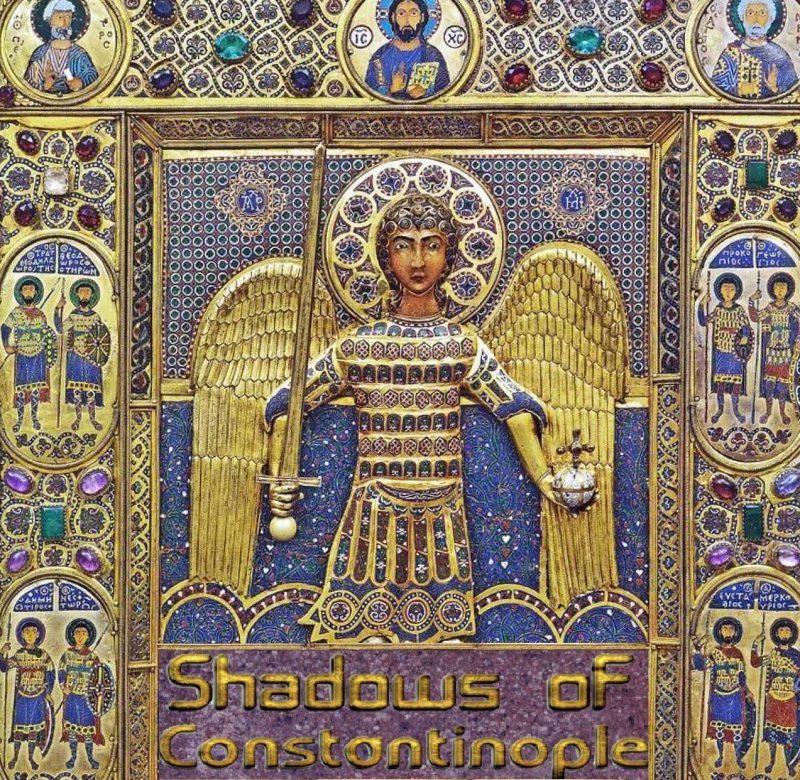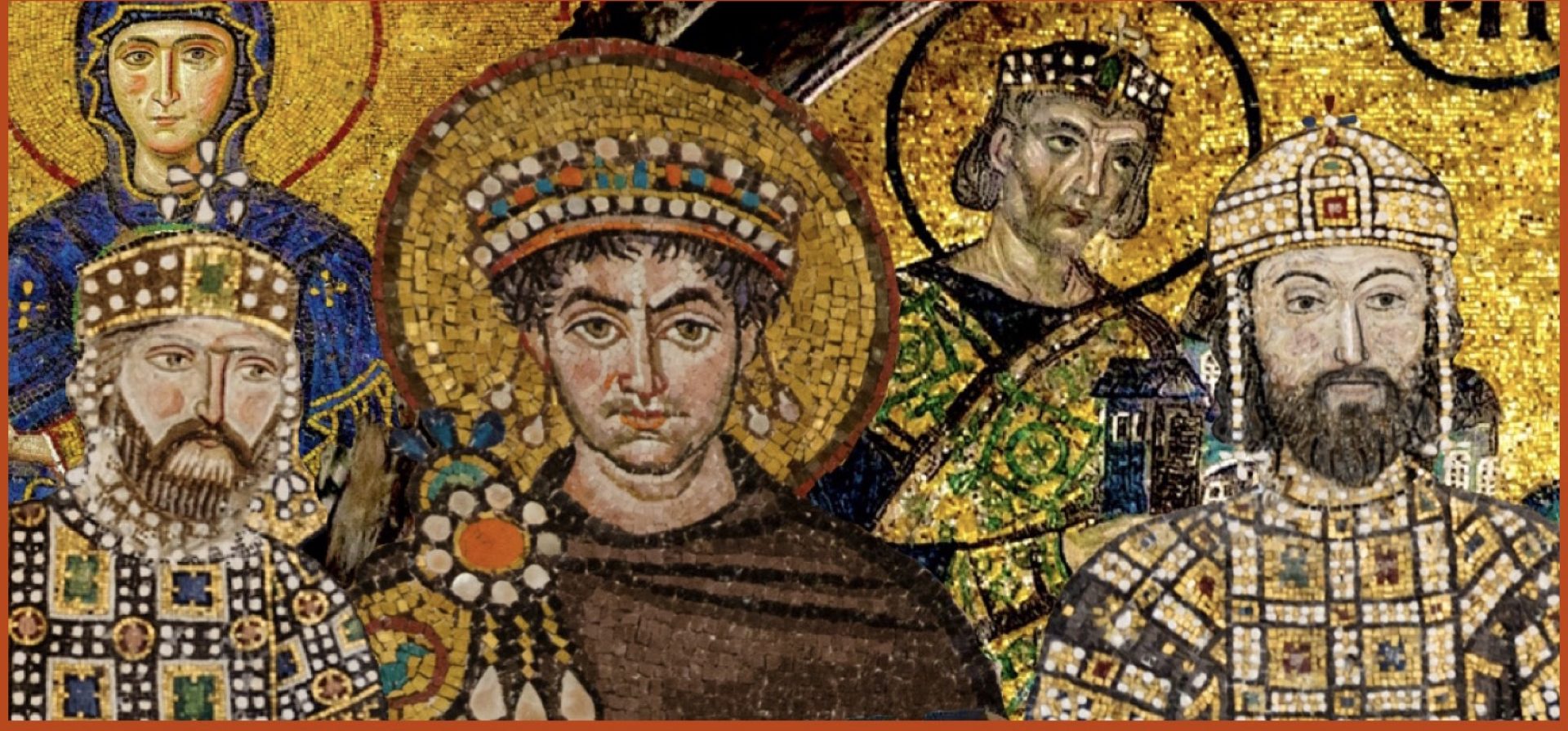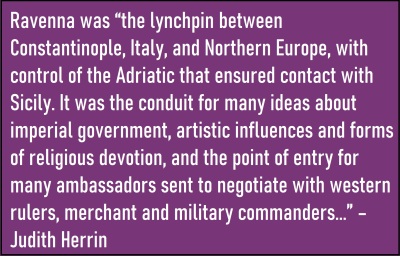
(PAGE INCOMPLETE – Working on it)
Introduction:
The city of Ravenna became an extremely important city during Late Antiquity, eventually becoming the political center in Italy during the 5th century. The city was never as big as Rome, however it was was strategically better suited to be a capital. In a way, it served a similar purpose to Constantinople in that it was very defensible from both sea and land. After the fall of the Western Roman Empire in 476 its story did not end, it became the capital of Theoderic’s Ostrogothic Kingdom. In the 6th century the city was restored to the Roman administration by Belisarius, eventually becoming the capital of Byzantine Italy, known as the Exarchate of Ravenna. The city carries extra importance because it has many extremely well preserved Roman/Byzantine sites and artworks. Arguably the most famous Byzantine mosaics are those of Justinian and Theodora, which are in Ravenna.
Early History:
Capital of the Western Empire
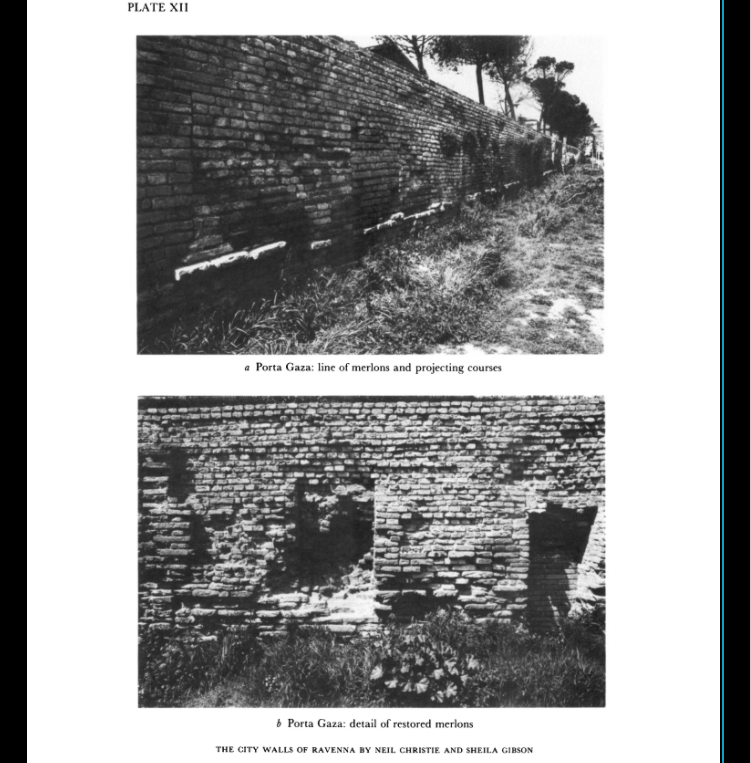
Capital of the Ostrogoths
The Exarchate of Ravenna

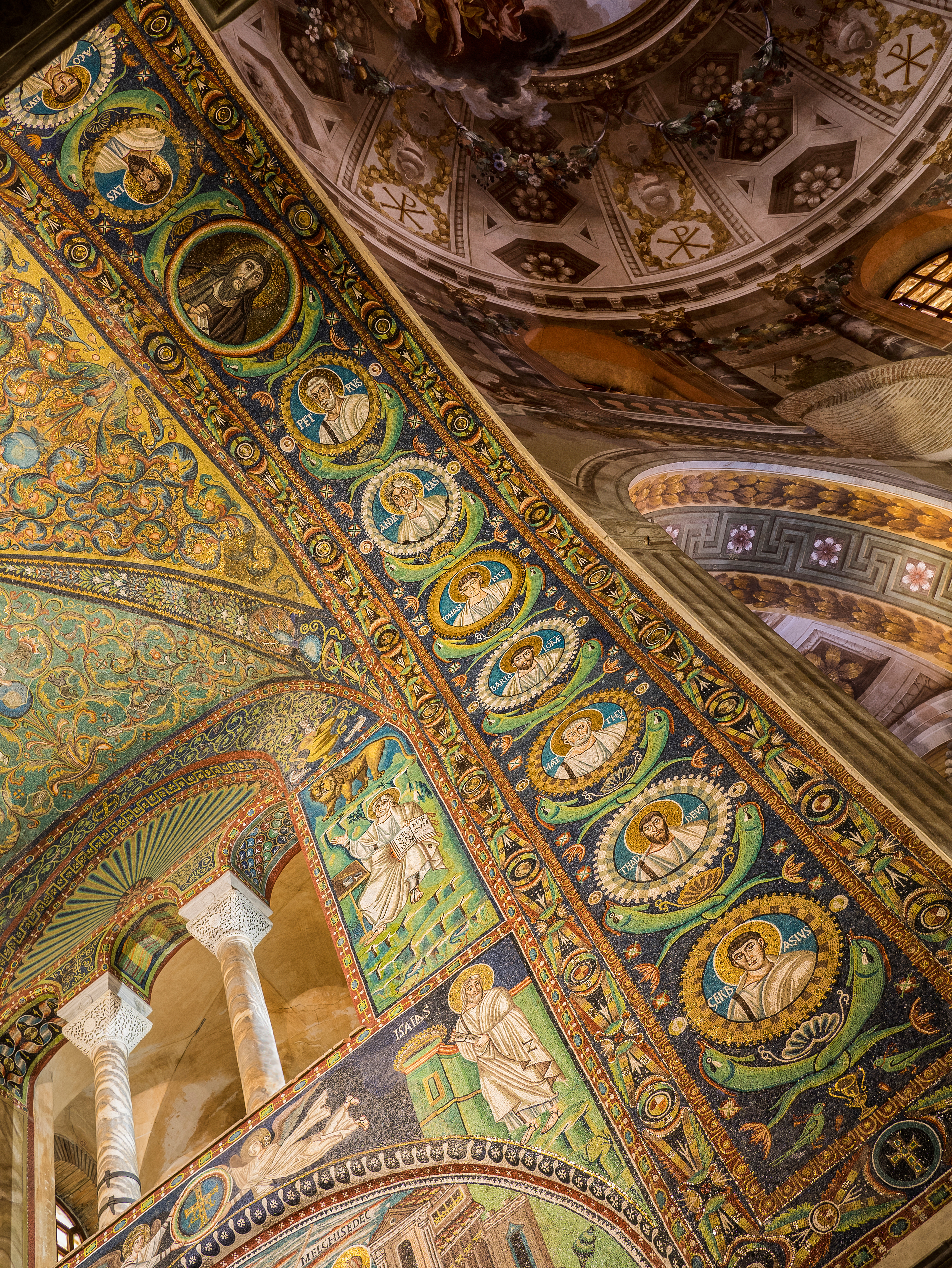
Sources:
Judith Herrin – Ravenna: Capital of Empire, Crucible of Europe (2020)
